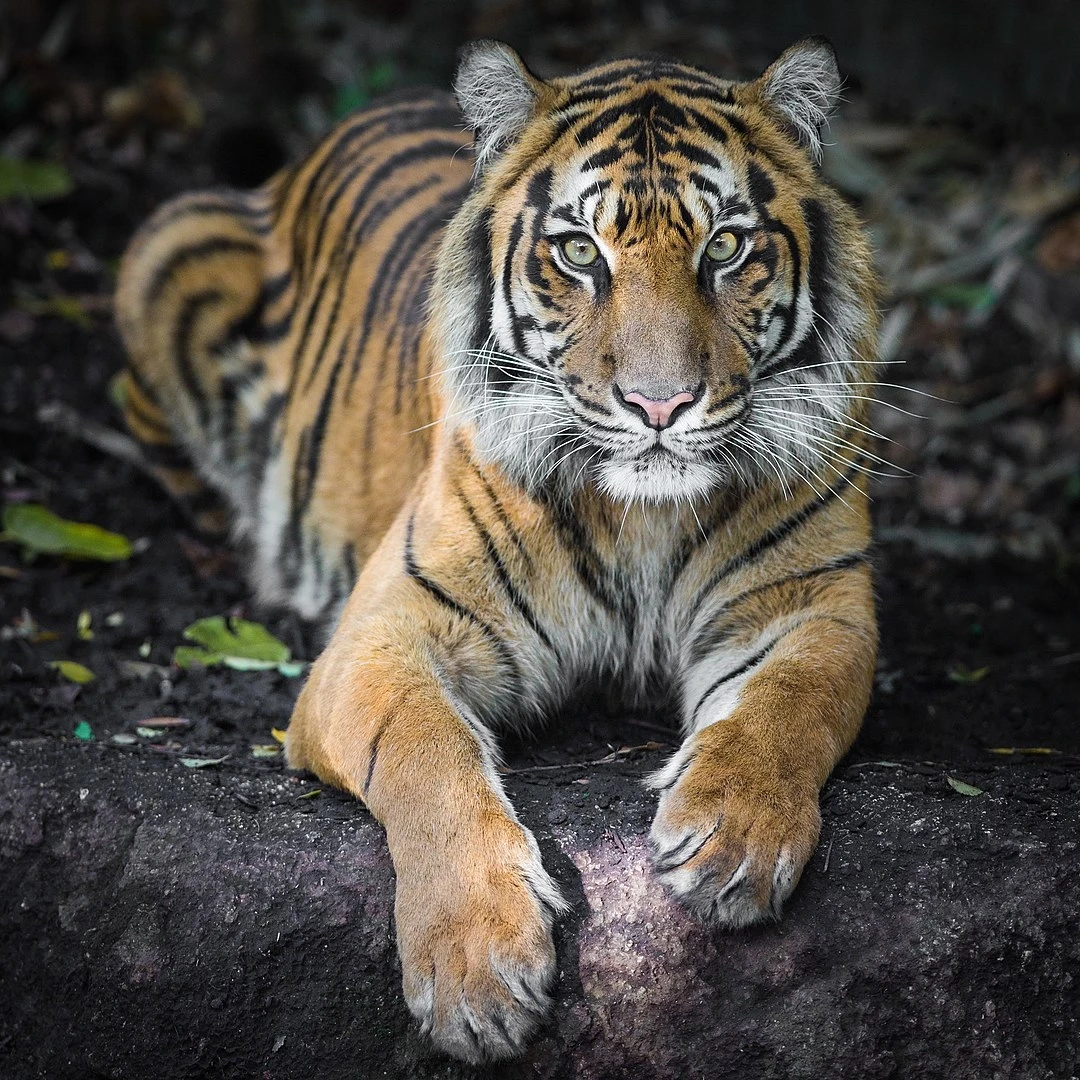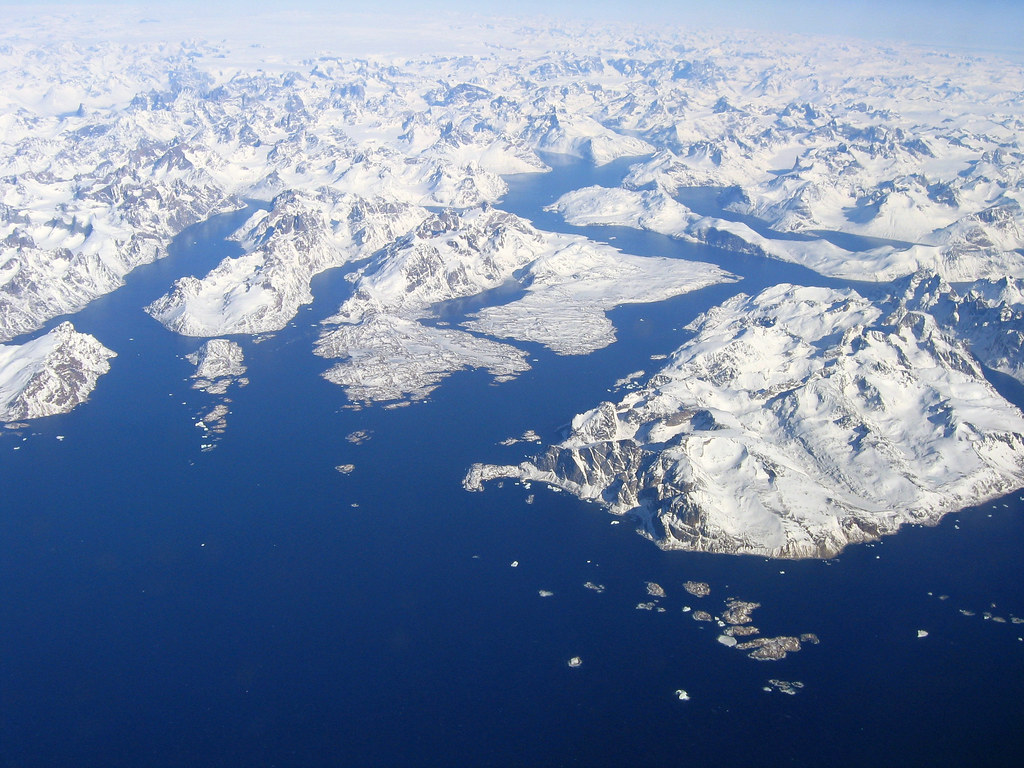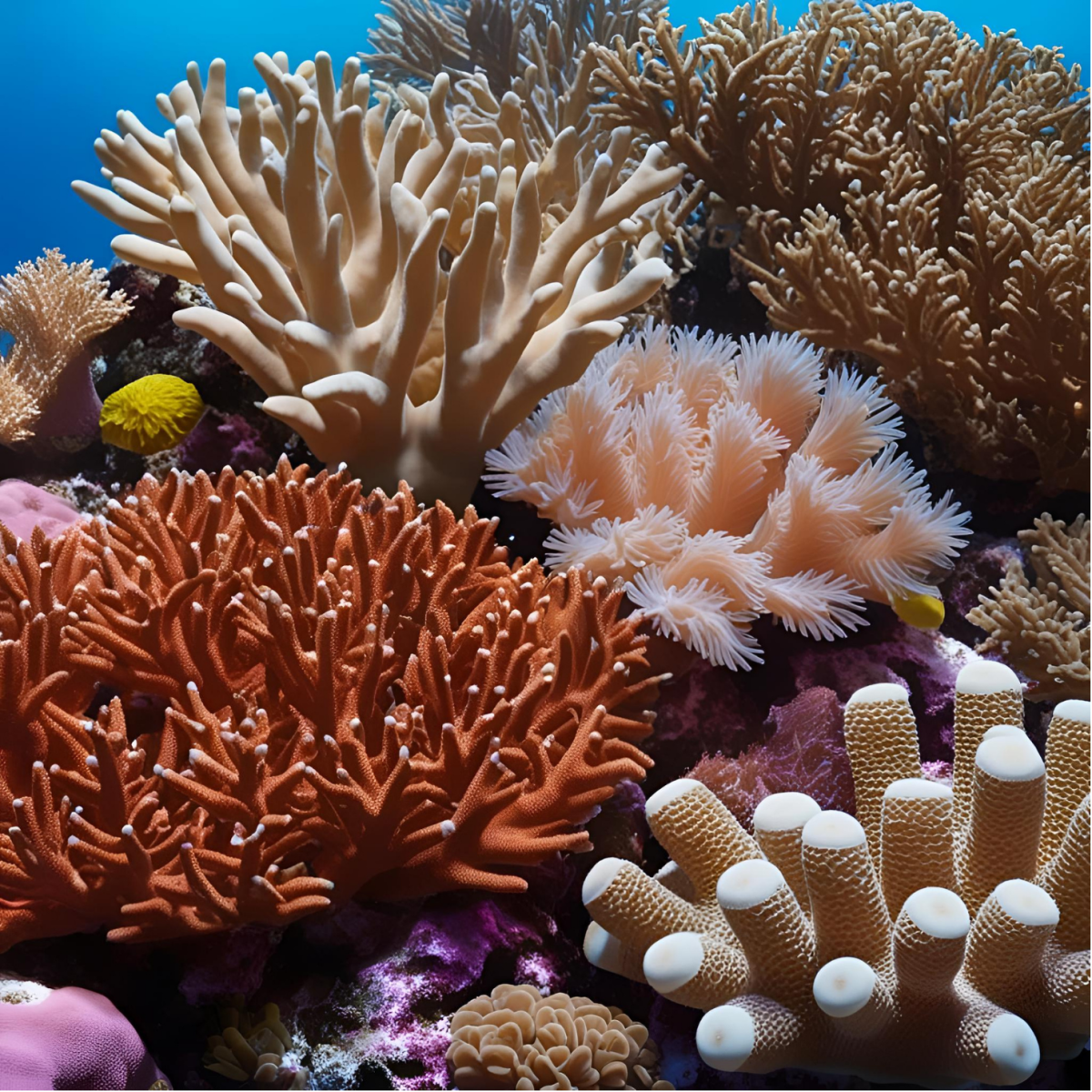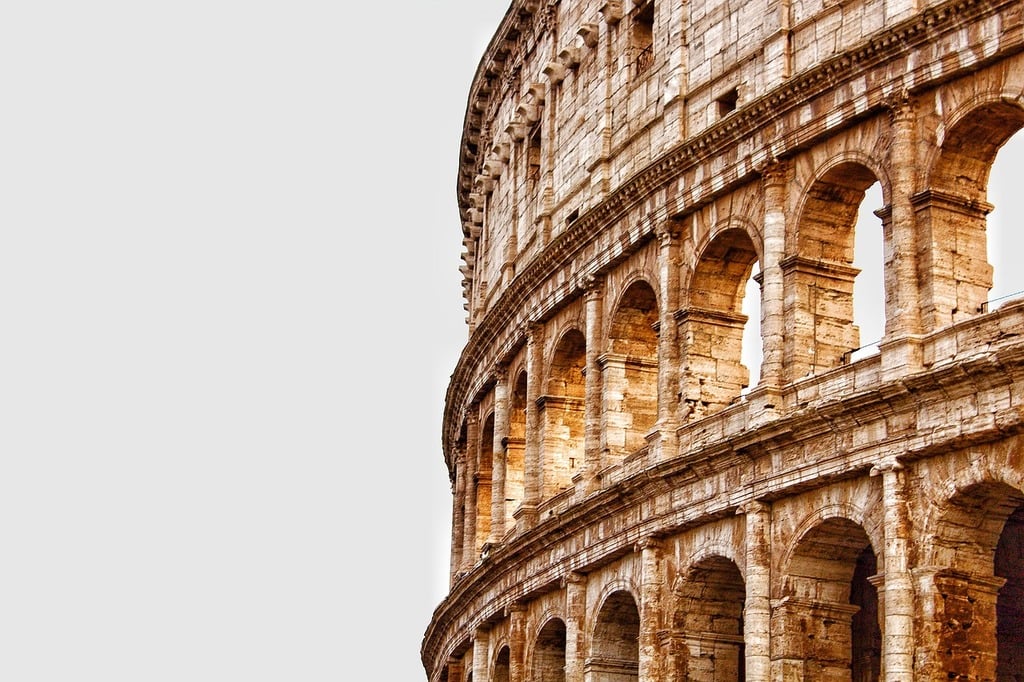Over the past few years, several species of plants and animals have been delisted, or successfully taken off the endangered species list. Thanks to the efforts of tribes, scientists, federal agencies, and state and local governments, the status of hundreds more species are stable and improving based on their collaborative support.
However, despite conservation efforts, species all around the globe and the number of species on the endangered species list continue to grow due to harmful factors like habitat loss, climate change, and illegal wildlife trade. The African Forest elephant, the Amur leopard, the Black Rhino, the Sunda Tiger, and the Hawksbill turtle are some of the critically endangered animals on the Endangered Species List. These animals and every animal around the world are losing their homes, food resources, and lives every day to factors such as pollution, illegal hunting, habitat destruction, and climate change. There is no predicted year for all animals to go extinct. However, current scientific estimates suggest that half or more of the world’s plant and animal species could be extinct sometime in 2100.
Around mid-April, the Trump administration announced changes it wants to make to redefine the word “harm” when applied to the Endangered Species Act. If the new rule becomes official, for example, someone who builds a house or logs in a forest would go unpunished, as long as they say they never intended to harm any nearby endangered species. Allowing the rule would cause mass habitat destruction, the biggest cause of extinction, said Noah Greenwald, the endangered species director at the Center for Biological Diversity. The proposed rule “cuts the heart out of the Endangered Species Act,” Greenwald said. “If you say harm doesn’t mean significant habitat degradation or modification, it leaves endangered species out in the cold.”
And Drew Caputo, an attorney for Earth Justice, a non-profit environmental law organization, said environmental groups will challenge the rules in court. The proposal “threatens a half-century of progress in protecting and restoring endangered species.” And he added to his statement, pointing out the current rule in the act “recognizes the common-sense concept that destroying a forest, beach, river, or wetland that a species relies on for survival constitutes harm to that species.” The administration’s plan to weaken the act is not new. During President Trump’s first years in office, he focused on dismantling America’s most important wildlife protection laws, and the administration is still trying to diminish the law’s protections for wildlife habitats, which are crucial to a species’ survival.
Despite several detrimental conflicts, organizations such as the World Wildlife Fund (WWF), the International Union for Conservation of Nature (IUCN), and the Wildlife Conservation Society are just three of the many groups and organizations that work hard to protect, recover, and conserve endangered species.
Protecting endangered animals and all animals around the world helps secure a future for the diverse, unique, and beautiful ecosystems that many animals, plants, and people call home. Biodiversity is a key player in keeping an ecosystem stable. A healthy ecosystem requires a balance in biodiversity between biotic (living) and abiotic (non-living) components. Sufficient energy from the sun helps fuel the growth and condition of the plants, and the plants provide shelter and food for the diverse range of species that live in the environment. By protecting endangered animals and their habitats, you safeguard future generations as well as the current world.








steve • May 9, 2025 at 4:28 am
I agree. It is of utmost importance not to change the Endangered Species Act. I hope some common sense returns to those proposing this foolishness.